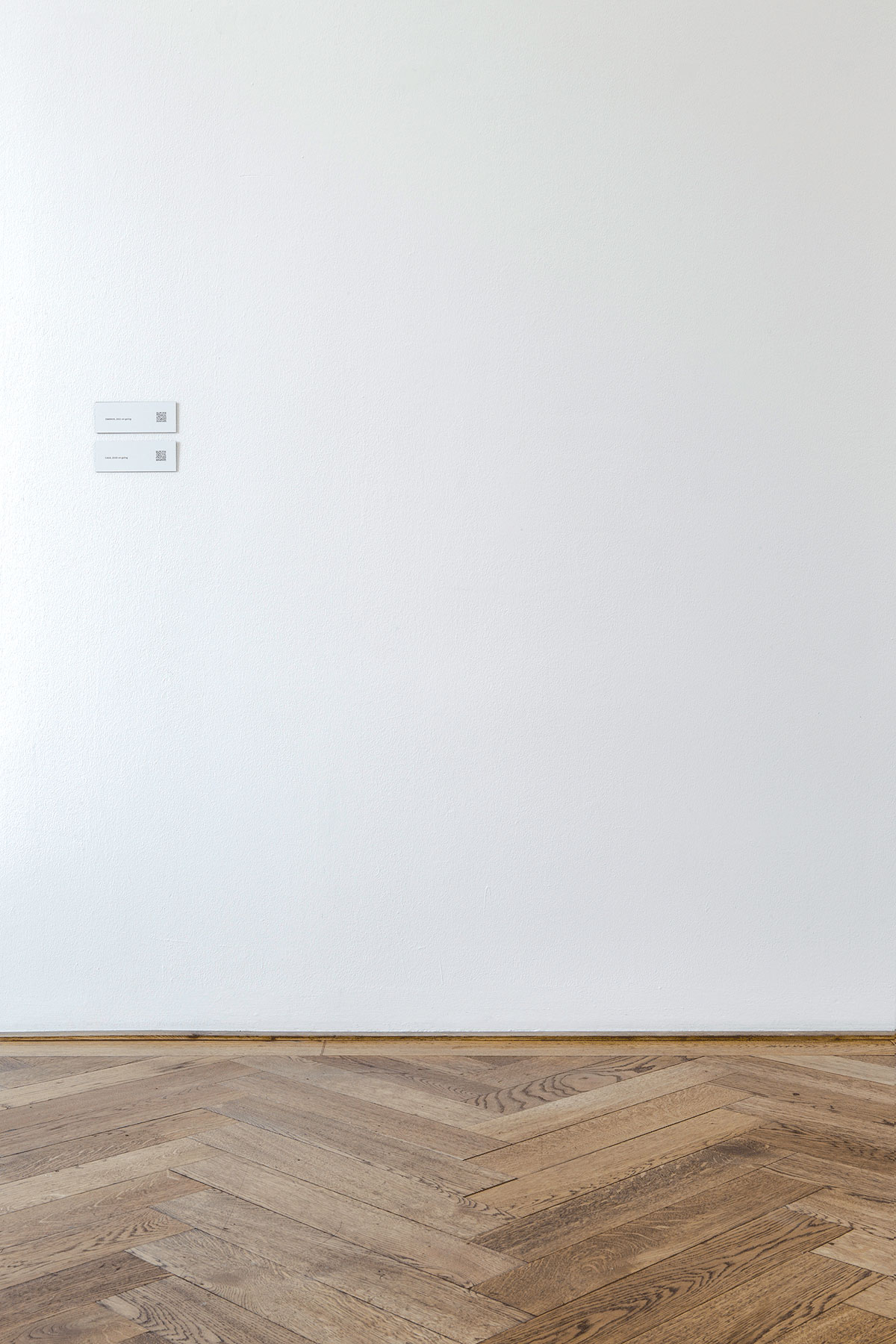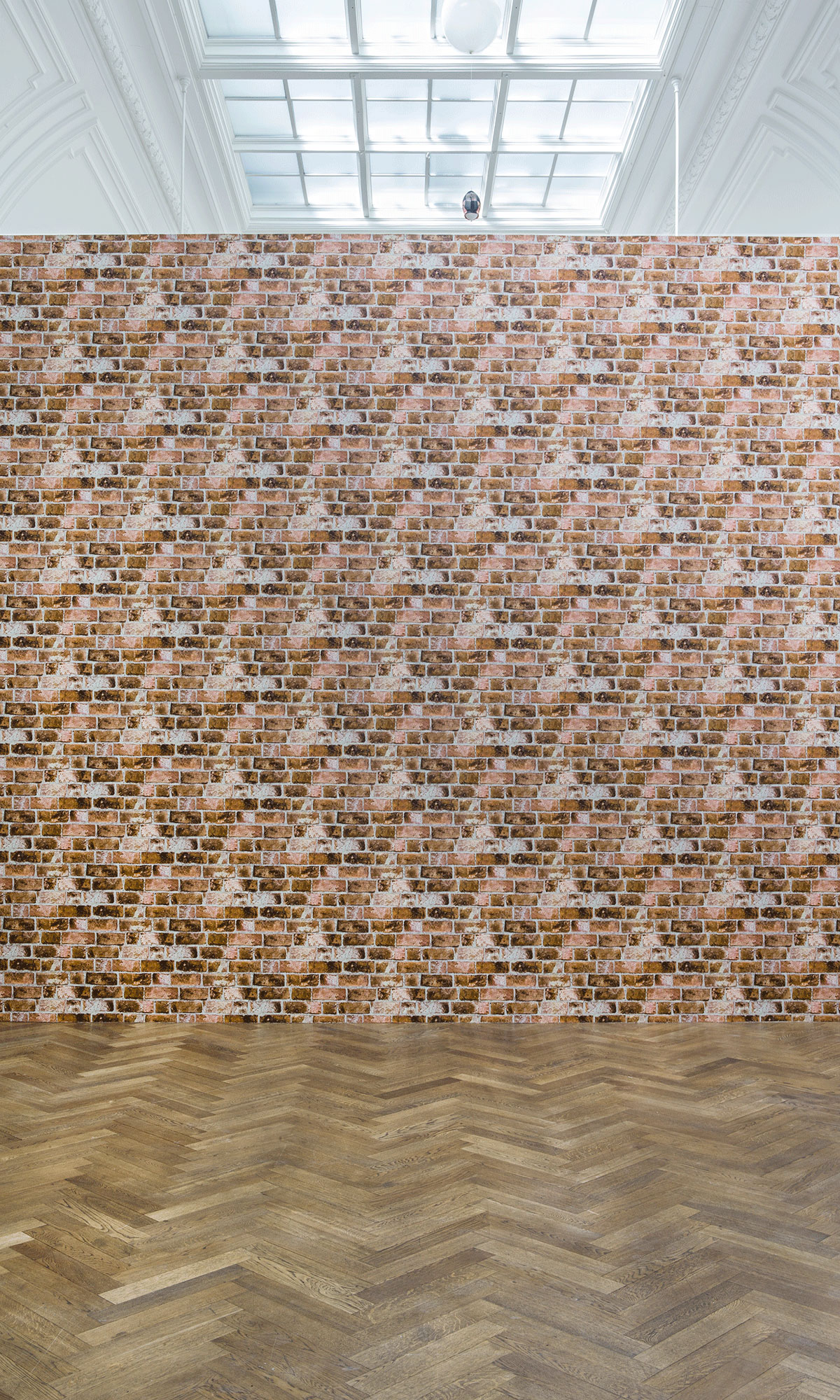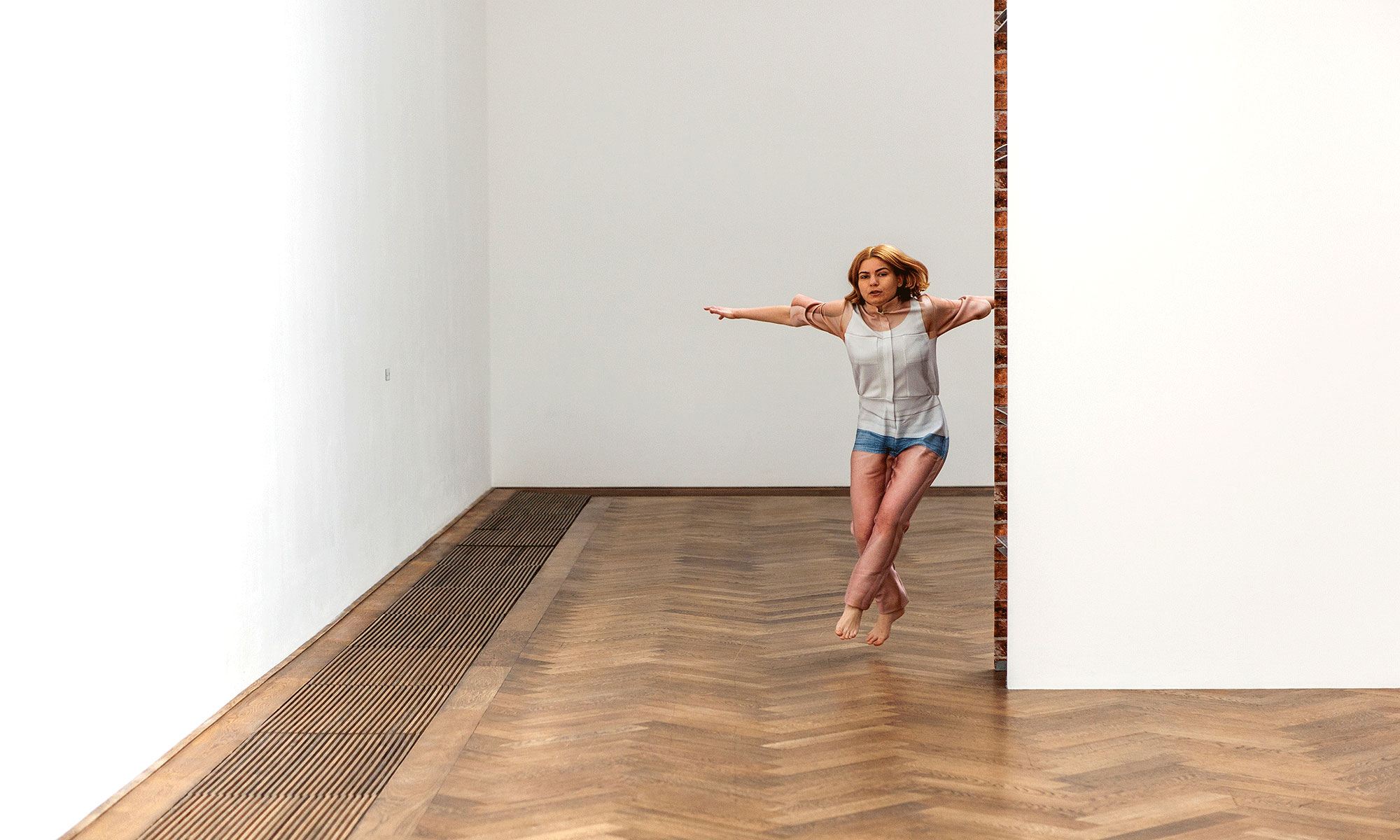Ensemble
Mona Lisa Effect
2014
In the second gallery, a custom-made machine displays a panorama of a large photograph printed on PVC, continuously scrolling in one direction. The picture was taken in Exarcheia, a district of Athens considered an anarchist home base, on the site where a policeman shot 15-year-old student Alexis Grigoropoulos on the night of December 6, 2008. The riots that followed turned into a general protest against the systemic failure of the state, with its endemic social injustice and escalating poverty. It was the beginning of a confrontation between the government and the people that is still on-going today, and which addresses various concerns, takes different forms and involves a growing number of strategies of self-organization. Sagri’s panorama shows a wall covered with graffiti slogans that can be ascribed to several politically active dissident groups, along with two memorial plaques – one presented by the State and a smaller one installed by Grigoropoulos’s family and friends. In the third gallery, a small Plexiglas box features a single coin – an American quarter that was placed on a train track and flattened to a thin, oval shape, similar to a guitar pick, with the face of George Washington strangely disfigured, and the words “liberty” and “in God we trust” barely legible. This violent transformation – from money to matter – seems to point to the possibility of larger-scale change and raises the hope that the current order of things is perhaps not as immutable as it appears.
- Adam Szymczyk
Exhibition
Kunsthalle Basel, Basel, Switzerland
Unit
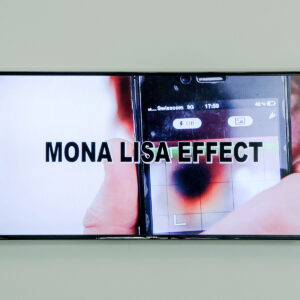
Title: Mona Lisa Effect
Date : 2014
Medium: Video
Duration: 6min
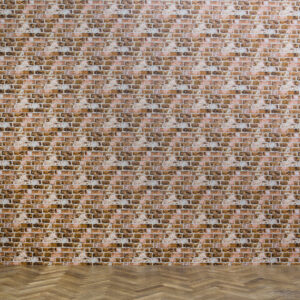
Title : Snout is Wall and Wall is Snout
Date: 2014
Medium: Photo wallpaper on plaster wall, metal
Dimension: 450 x 900 cm

Title : Bye Bye Head
Date: 2014
Material: Mask (print on fabric), balloons, helium, string
Dimensions: Variable

Title: Copypaste
Date: 2014
Material: Overall (print on fabric), coat hooks
Dimensions: 150 x 90 cm

Title: Panorama Mesologiou str., Exarcheia
Date: 2014
Medium: Custom made rolling machine, print on PVC
Dimension: 250 x 500 x 400 cm , variable
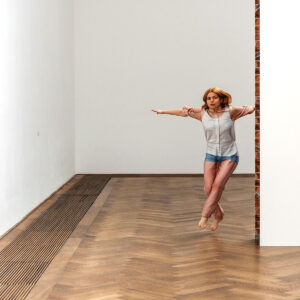
Title: Tsa!
Date: 2014
Medium: Performance
Duration: 10' looped repeated announced
Access Inventory?
Request a password
Have a password?



